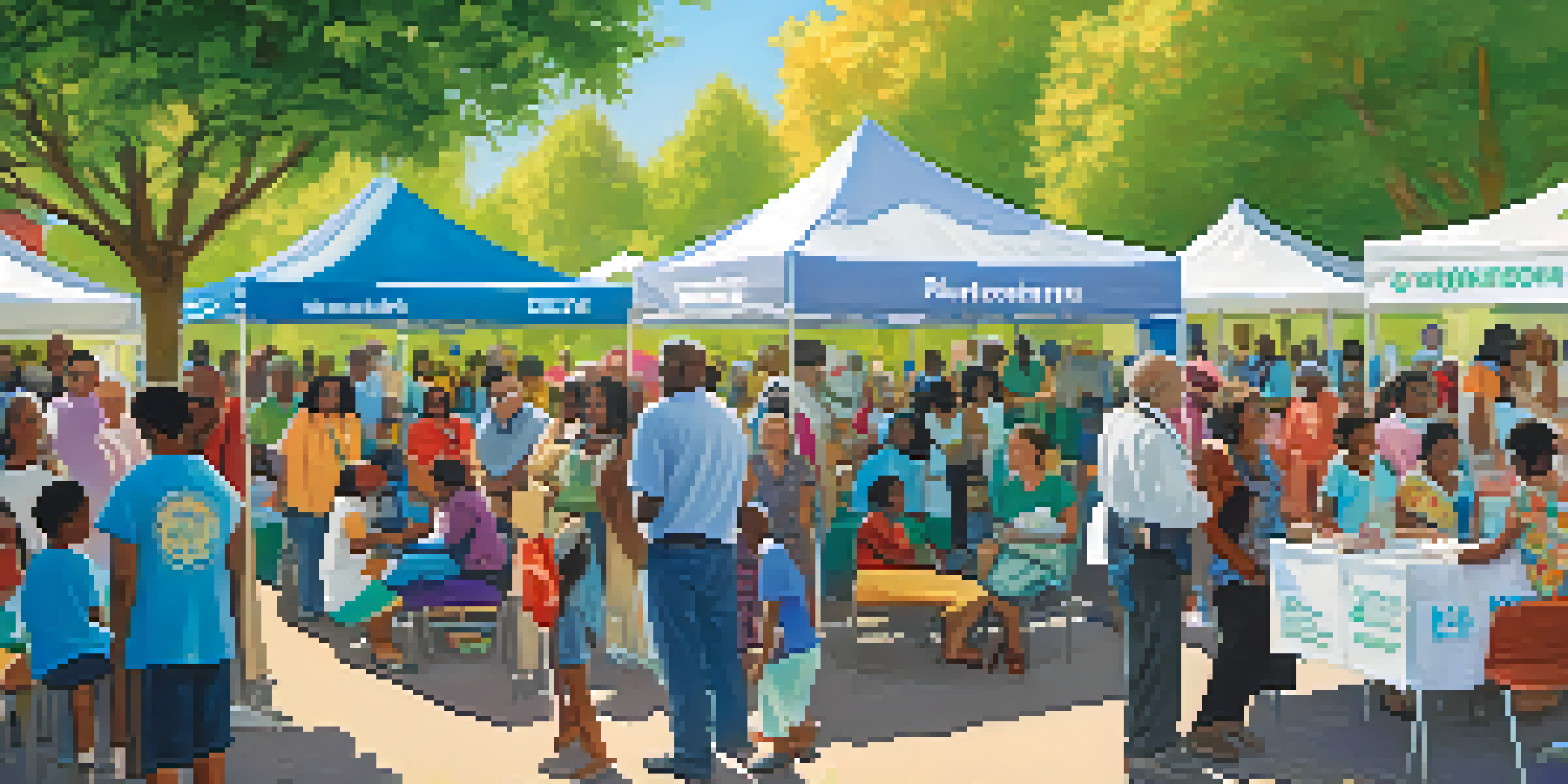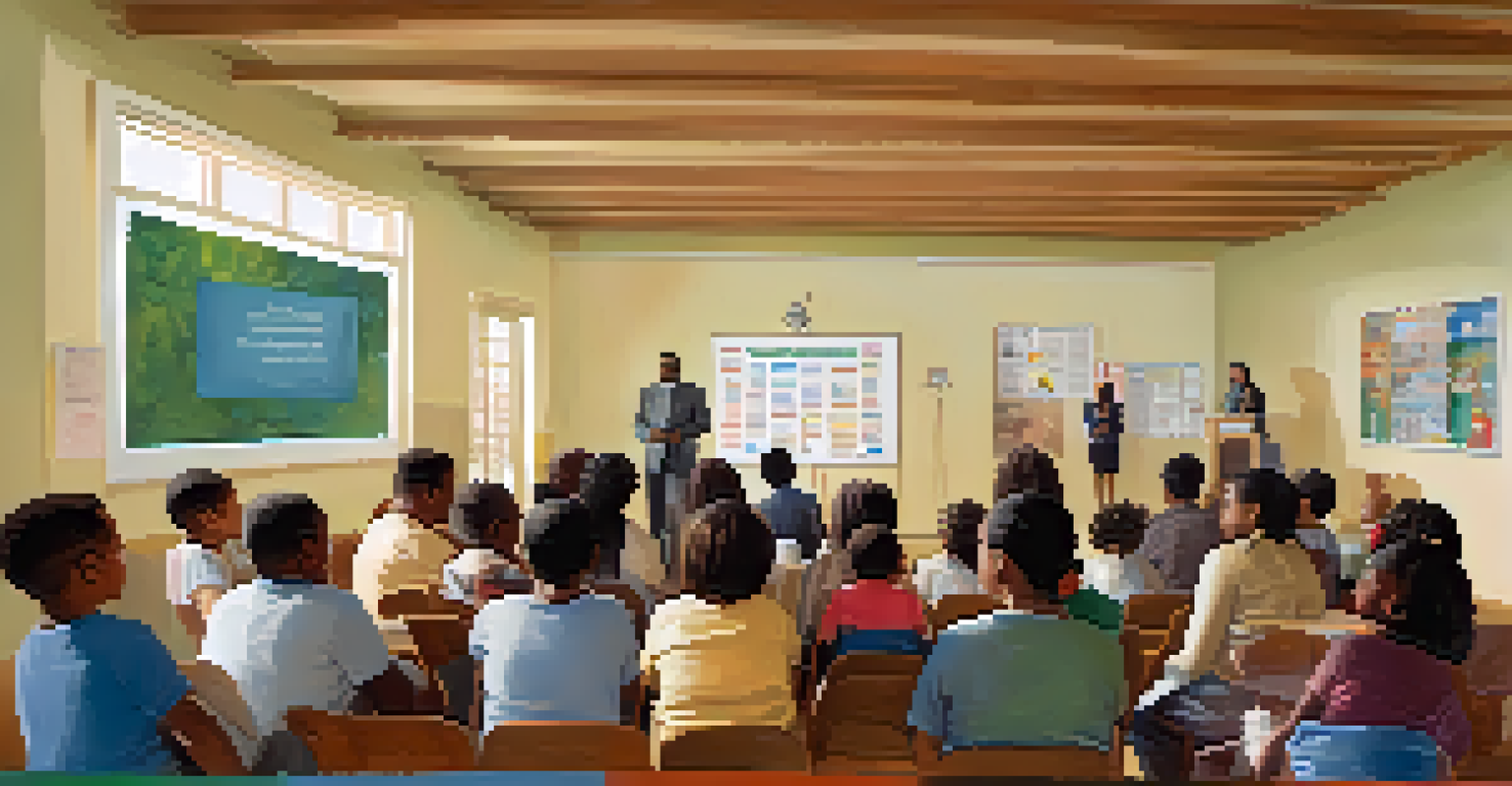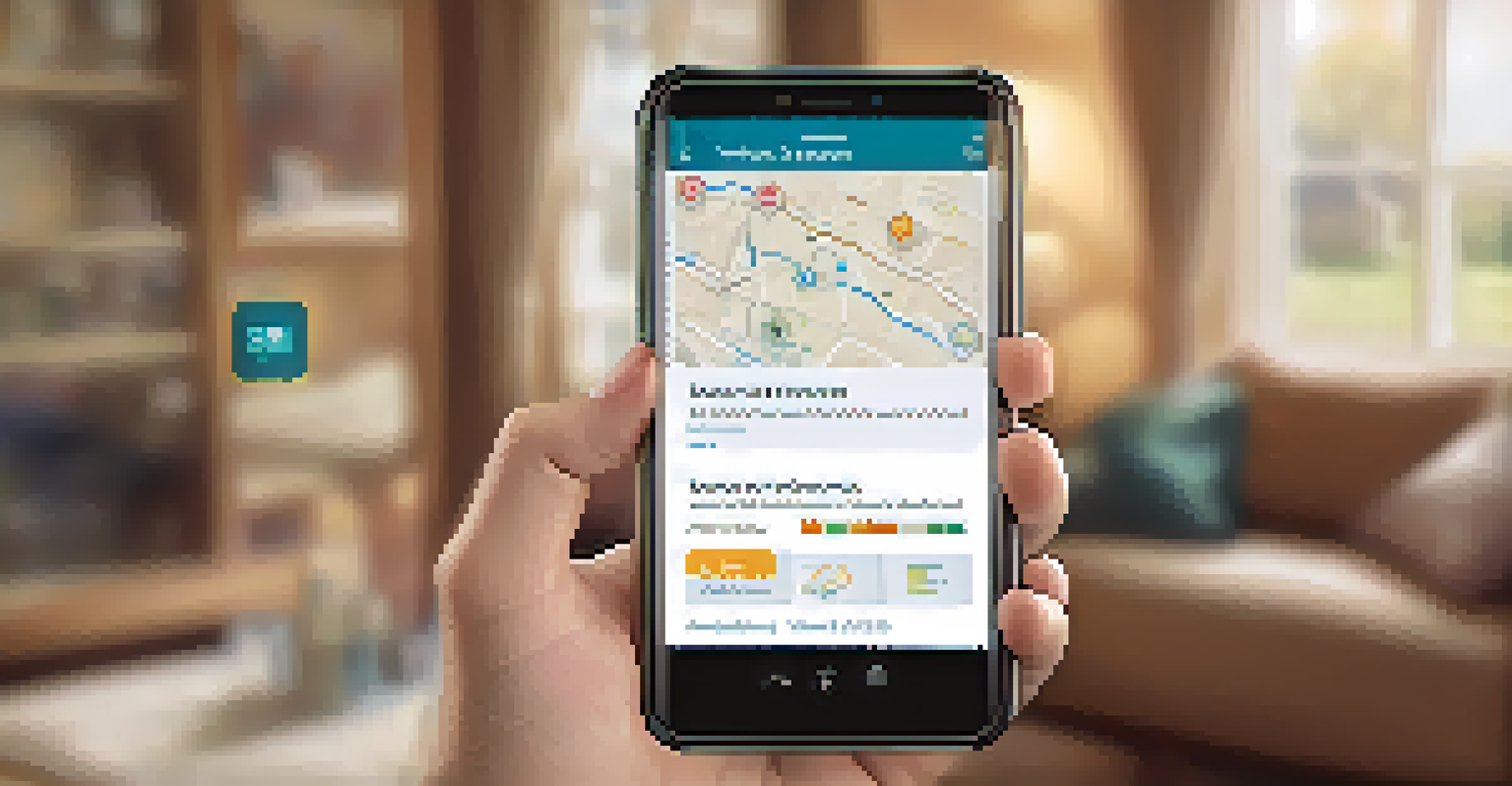Vaccination Access: Addressing Disparities in Healthcare

Understanding Healthcare Disparities in Vaccination Access
Healthcare disparities refer to the differences in health outcomes and access to care that exist among various population groups. These disparities can be influenced by factors such as socioeconomic status, geographic location, and racial or ethnic background. In the context of vaccination, these differences can lead to significant gaps in immunization rates, leaving vulnerable populations at higher risk for preventable diseases.
Vaccination is the most effective way to prevent disease, but access remains a critical issue for many communities.
For example, low-income communities may face barriers such as limited access to healthcare facilities, lack of transportation, or inability to take time off work for vaccination appointments. Additionally, misinformation about vaccines can disproportionately affect certain groups, contributing to hesitancy and ultimately lower vaccination rates. Understanding these disparities is crucial to addressing the root causes of inequitable access.
By highlighting the specific challenges faced by different communities, we can begin to tailor our approaches to ensure that vaccination efforts reach everyone, regardless of their background. This understanding sets the stage for developing targeted interventions that promote health equity.
Barriers to Vaccination Access: Identifying Key Factors
Several barriers contribute to the disparities in vaccination access, including financial constraints, logistical challenges, and cultural differences. For many individuals, the cost of healthcare services, even preventive ones like vaccines, can be prohibitive. This financial strain may prevent people from seeking vaccination, particularly in underserved areas where resources are limited.

Logistical issues, such as long travel distances to vaccination sites and inconvenient appointment times, also play a significant role. For rural populations, accessing healthcare can be a daunting task due to the lack of nearby clinics or pharmacies offering vaccines. These challenges create a real barrier to timely immunization, further exacerbating health disparities.
Healthcare Disparities Impact Access
Socioeconomic factors and misinformation contribute to significant gaps in vaccination access among vulnerable populations.
Cultural factors, including language barriers and differing beliefs about vaccines, can contribute to hesitancy and reluctance to seek vaccination. This underscores the importance of community engagement and culturally sensitive outreach efforts that address these unique challenges, paving the way for better access to vaccinations.
The Role of Policy in Improving Vaccination Access
Policy plays a crucial role in shaping healthcare access, including vaccinations. Government initiatives that expand insurance coverage, subsidize vaccine costs, and provide free vaccination programs can significantly improve access for low-income individuals. By creating policies that prioritize health equity, we can ensure that all populations receive the vaccinations they need.
It's not just about getting the vaccine, it's about ensuring that everyone has the opportunity to receive it.
Furthermore, policies that mandate vaccinations for school entry or specific employment sectors can help increase overall vaccination rates. However, it is essential to balance such mandates with education and outreach to address any concerns or misconceptions individuals may have about vaccines.
Ultimately, effective policy should be informed by data and community needs, ensuring that resources are allocated where they are most needed. By advocating for equitable vaccination policies, we can help bridge the gap in healthcare access and protect vulnerable populations.
Community Outreach: Bridging the Gap in Vaccination Access
Community outreach is essential for improving vaccination access, particularly in underserved areas. By engaging with local organizations, healthcare providers can better understand the unique challenges faced by specific populations and tailor their outreach efforts accordingly. This approach fosters trust and encourages community members to seek vaccinations.
For instance, organizing mobile vaccination clinics in neighborhoods with limited access to healthcare can significantly increase immunization rates. These clinics can offer convenient and free vaccination services, making it easier for individuals to receive necessary shots without the barriers they typically face.
Policy Enhances Vaccination Access
Effective policies can improve vaccination access by expanding coverage and mandating immunizations in certain sectors.
Additionally, leveraging social media and community events to disseminate accurate information about vaccines can combat misinformation and hesitancy. By creating a supportive environment that prioritizes education and accessibility, we can empower communities to take charge of their health and well-being.
Leveraging Technology to Enhance Vaccination Access
Technology has the potential to revolutionize vaccination access by streamlining processes and improving communication. Telehealth services, for example, can provide valuable information and consultation on vaccinations, particularly for those who may be hesitant or have questions. This virtual approach can make healthcare more accessible and convenient.
Moreover, mobile apps and online platforms can facilitate appointment scheduling, reminders, and educational resources about vaccines. By making this information readily available, individuals are more likely to take proactive steps toward vaccination, ultimately improving access rates.
However, it’s essential to ensure that technological solutions are user-friendly and accessible to all demographics, especially those who may not be tech-savvy. By prioritizing inclusivity in technology design, we can harness the power of innovation to enhance vaccination access for everyone.
The Importance of Education in Vaccination Efforts
Education is a cornerstone of effective vaccination efforts. Providing clear, accurate, and relatable information about the benefits and safety of vaccines can help alleviate fears and misconceptions. This is particularly important in communities where misinformation may be widespread, leading to vaccine hesitancy and lower immunization rates.
Engaging community leaders and trusted figures in educational initiatives can greatly enhance the effectiveness of these efforts. When individuals hear about the importance of vaccinations from someone they trust, they are more likely to consider the information seriously and take action.
Education Empowers Vaccination Efforts
Providing accurate information and engaging trusted community figures are crucial for reducing vaccine hesitancy and improving immunization rates.
Additionally, incorporating educational programs into schools and community centers can ensure that accurate information about vaccines is accessible to all ages. By prioritizing education, we can empower individuals to make informed health decisions, ultimately leading to higher vaccination rates.
Successful Case Studies: Learning from Effective Strategies
Examining successful case studies can provide valuable insights into effective strategies for improving vaccination access. For instance, some communities have implemented door-to-door vaccination campaigns that not only increase access but also foster trust and relationship-building between healthcare providers and residents. Such personalized approaches can lead to higher immunization rates.
Another successful strategy involves partnerships between public health organizations and local businesses. By offering vaccination clinics in familiar and accessible locations, such as grocery stores or community centers, these initiatives have proven effective in reaching individuals who may otherwise struggle to access healthcare services.

Learning from these case studies can help inform future vaccination campaigns, demonstrating that tailored, community-driven approaches can overcome barriers to access and ultimately improve health outcomes for all.